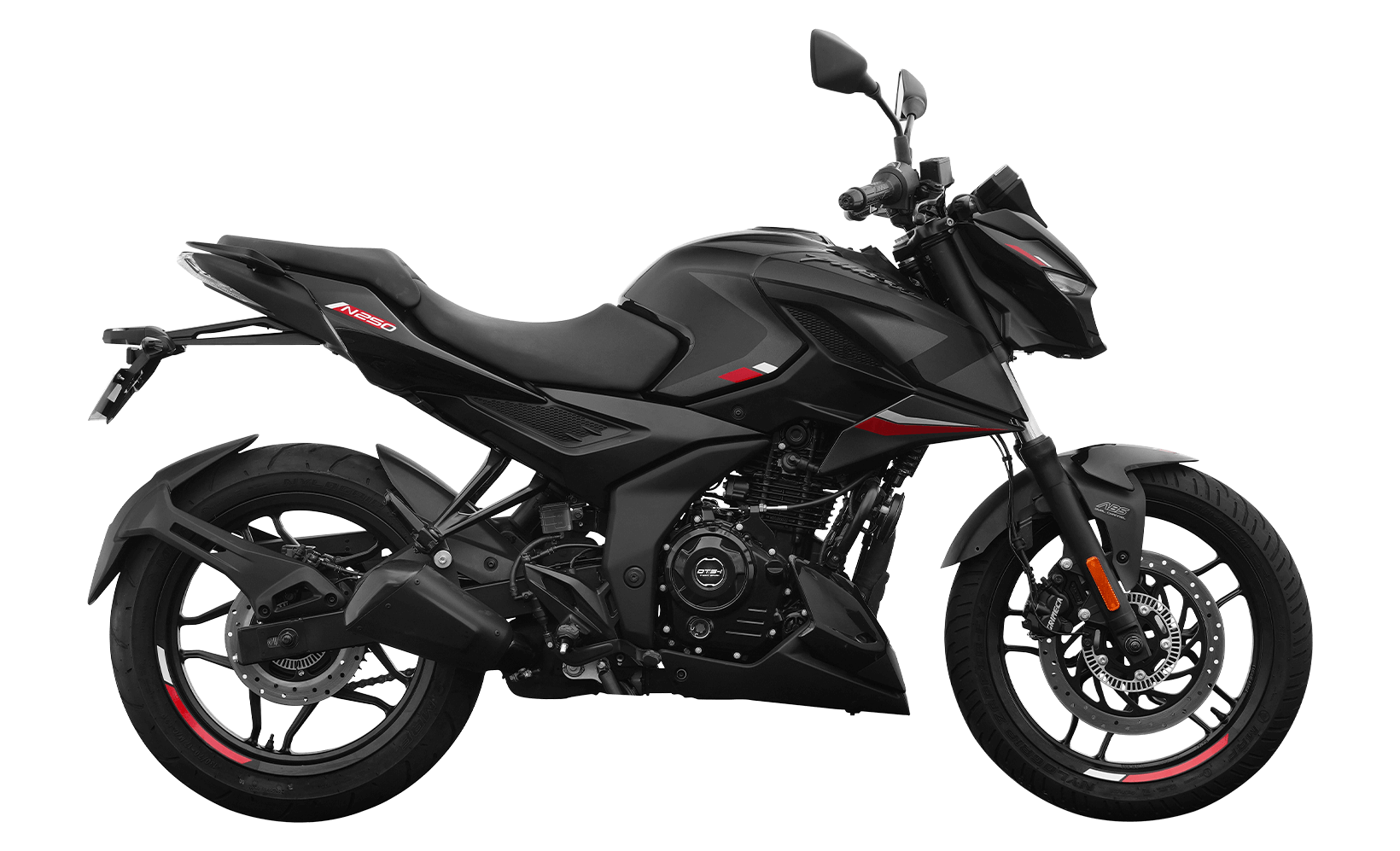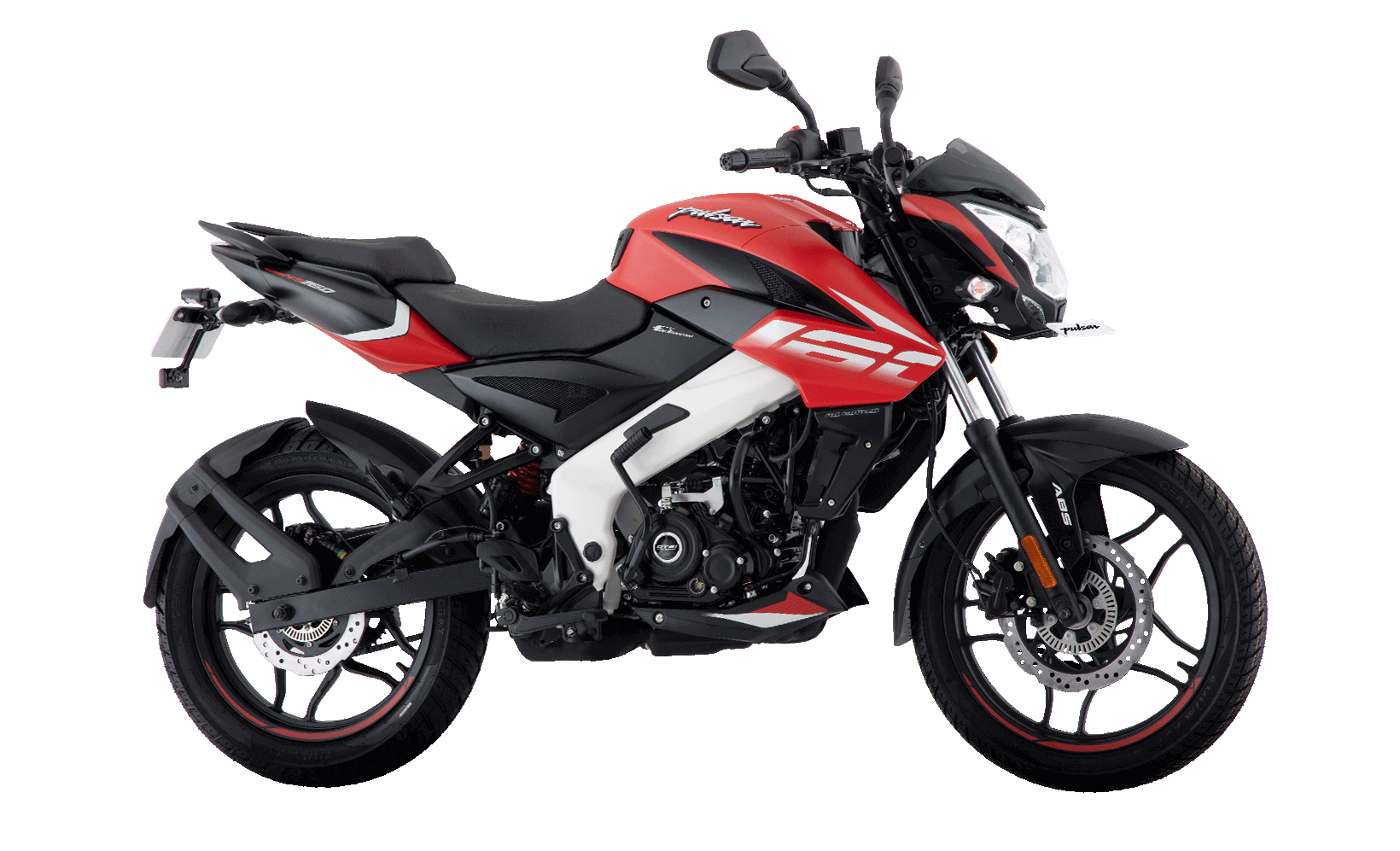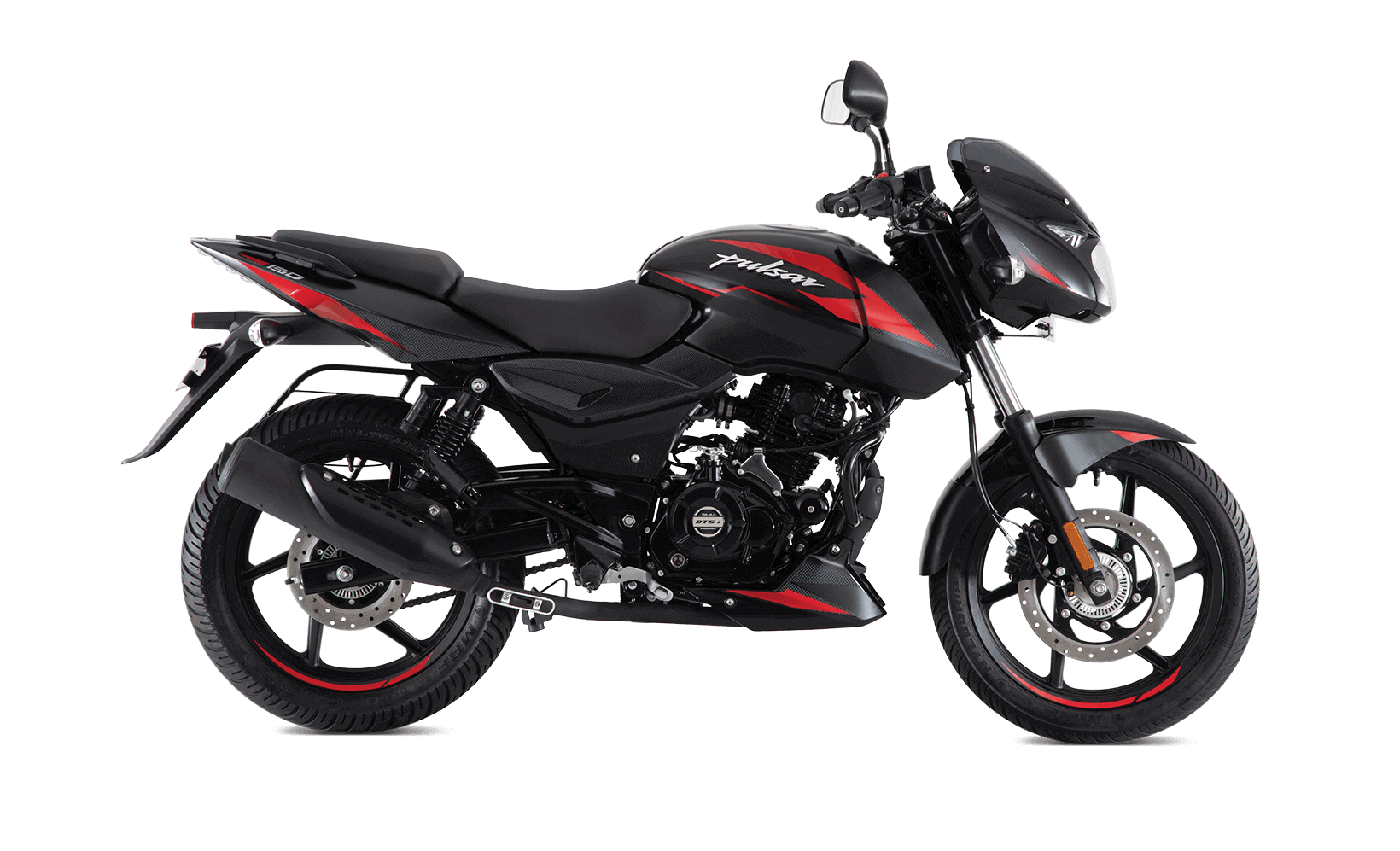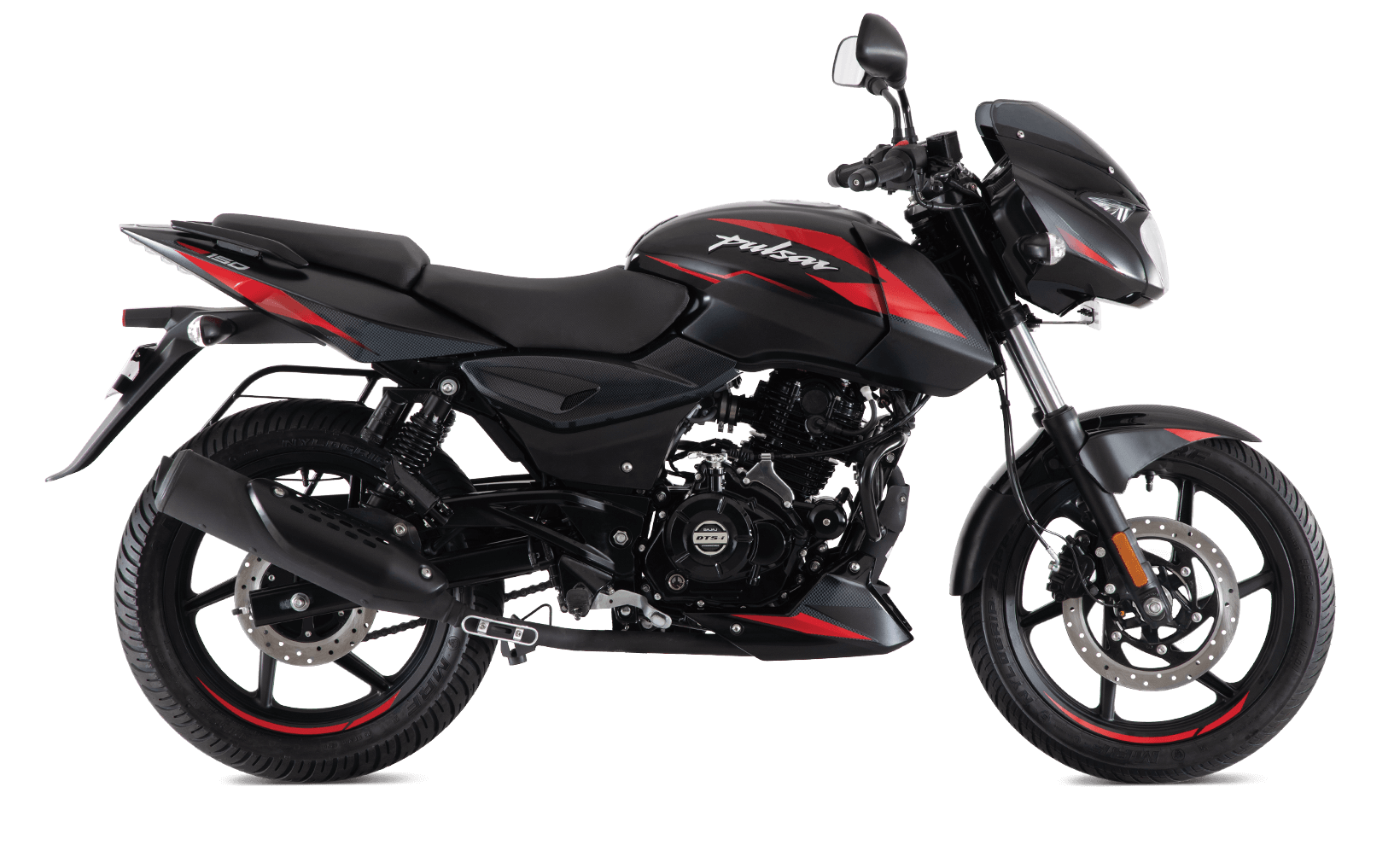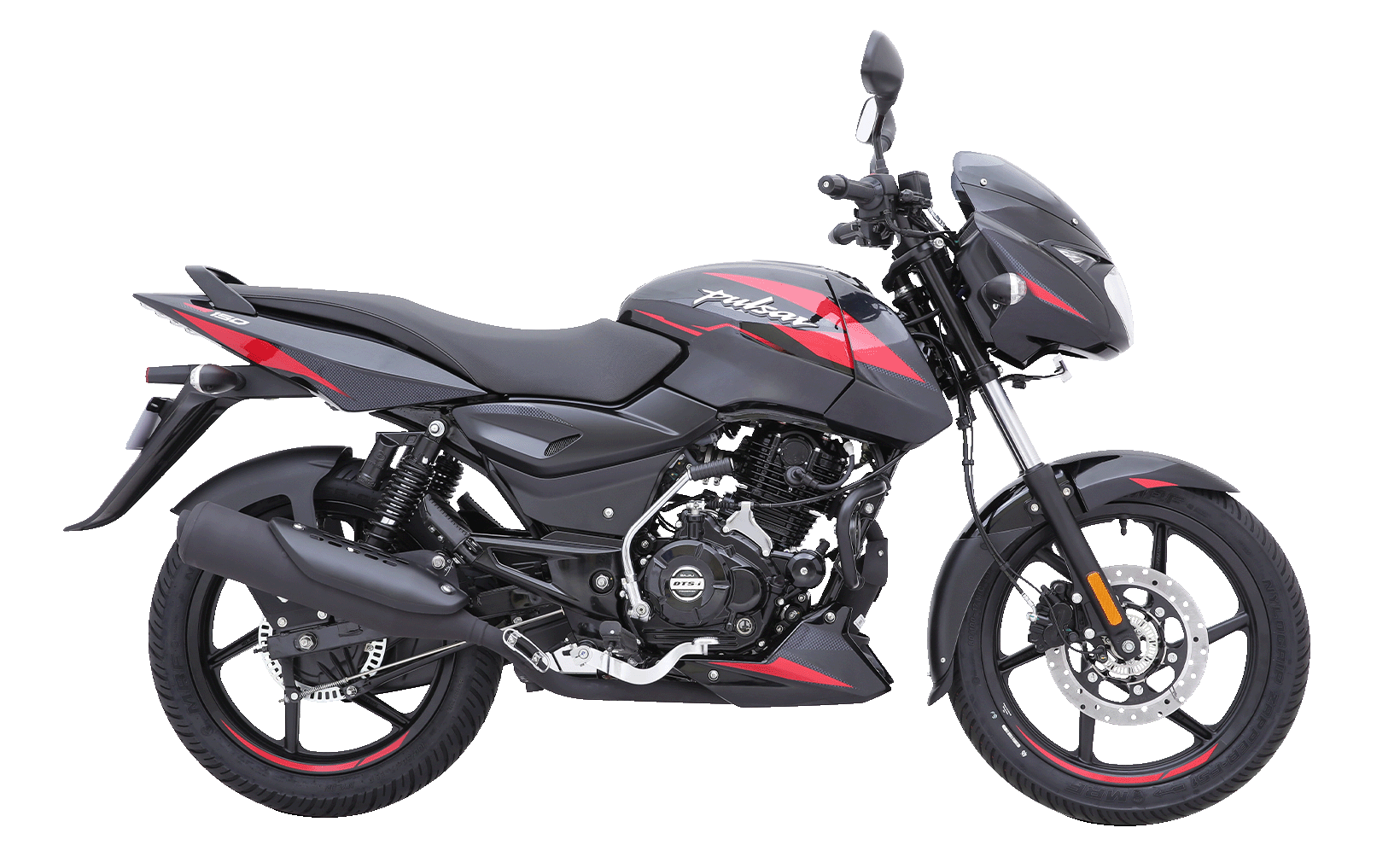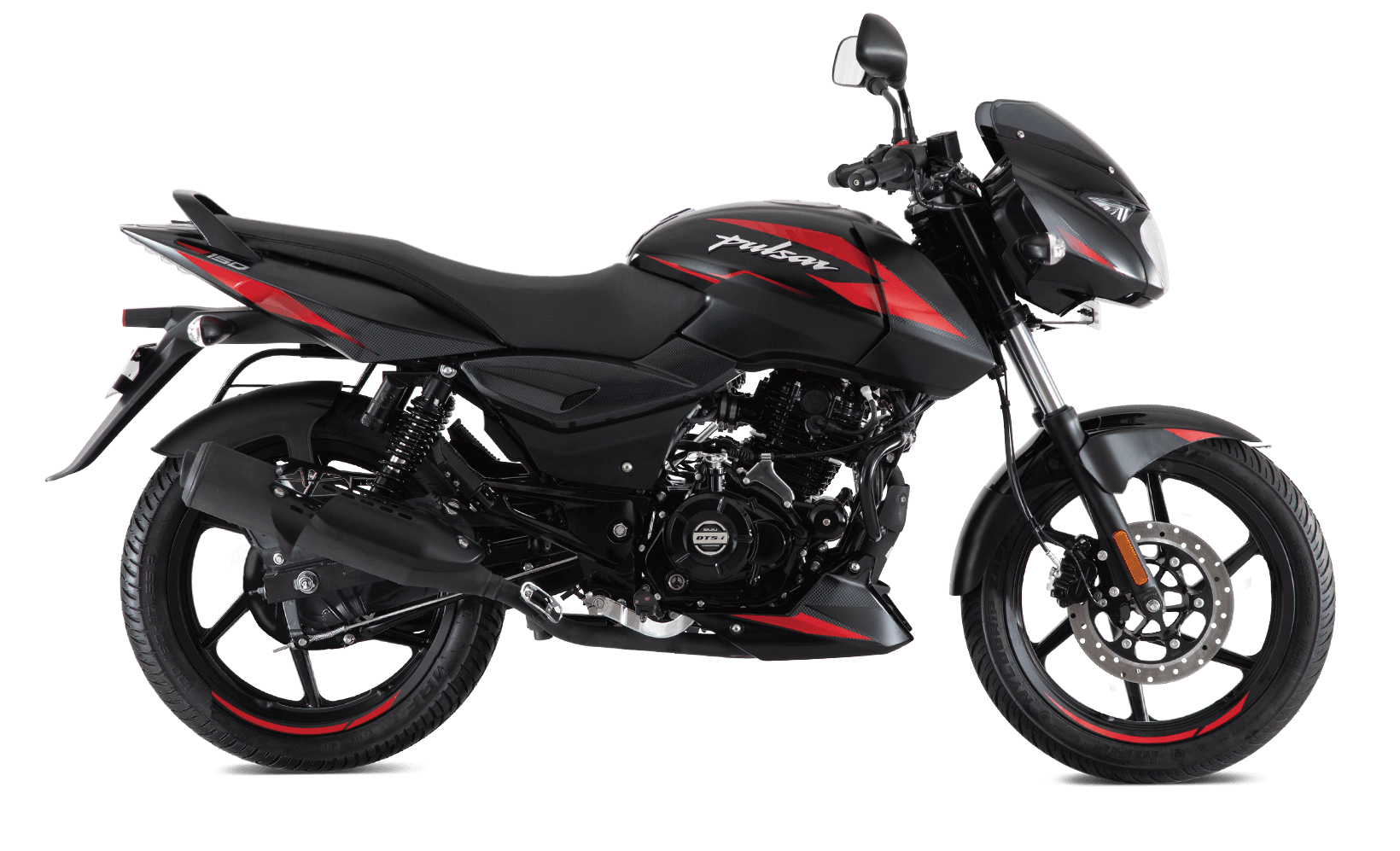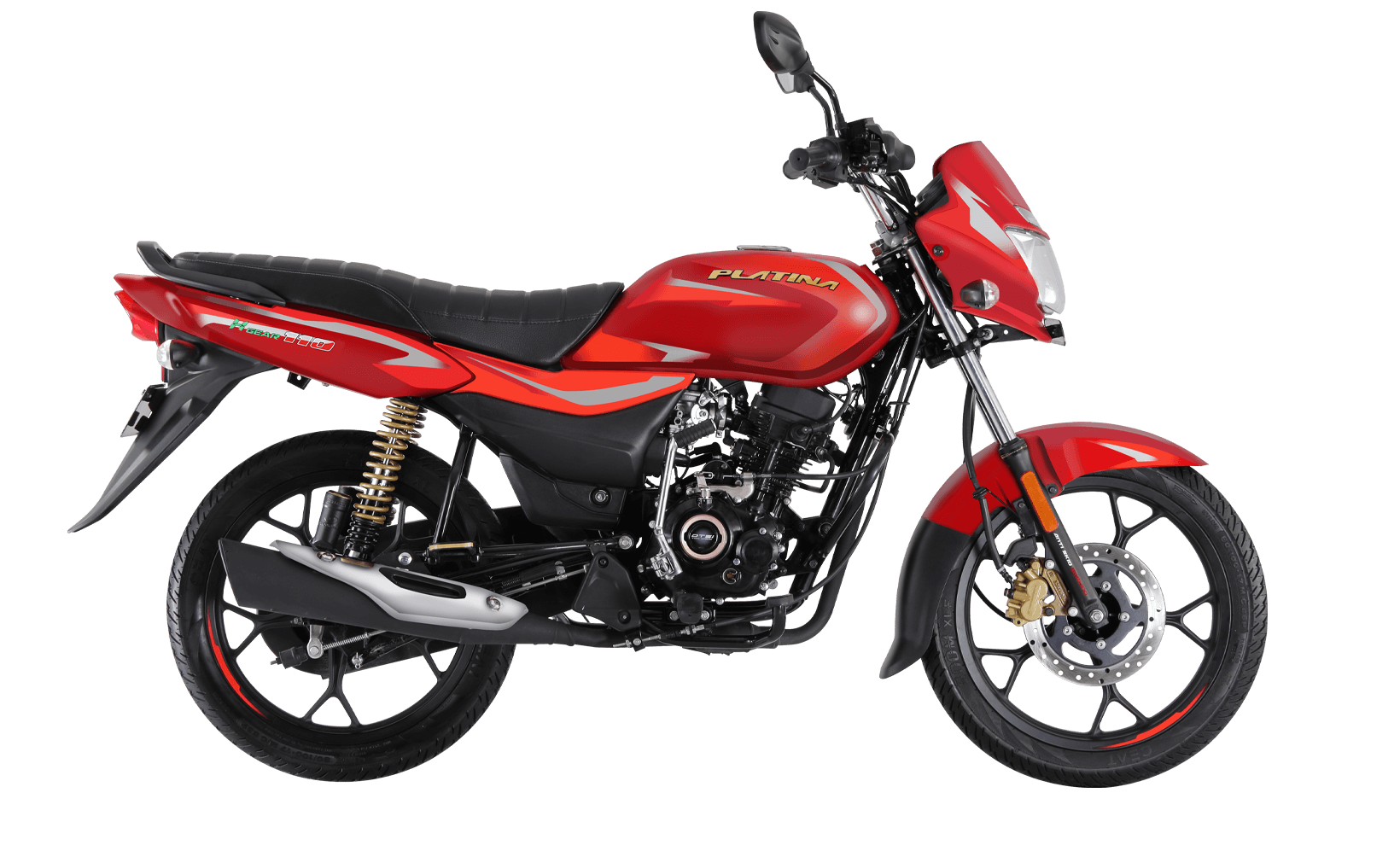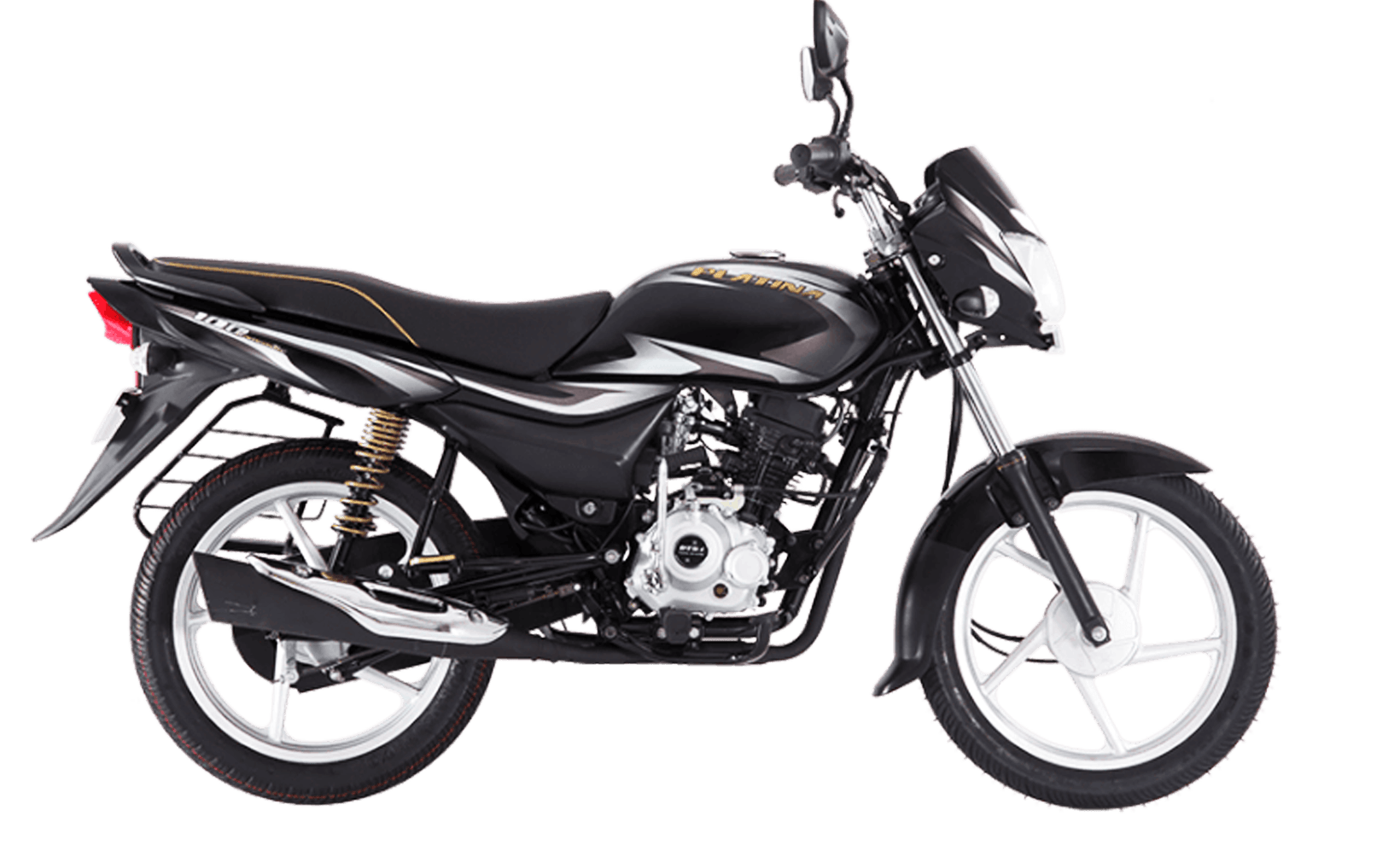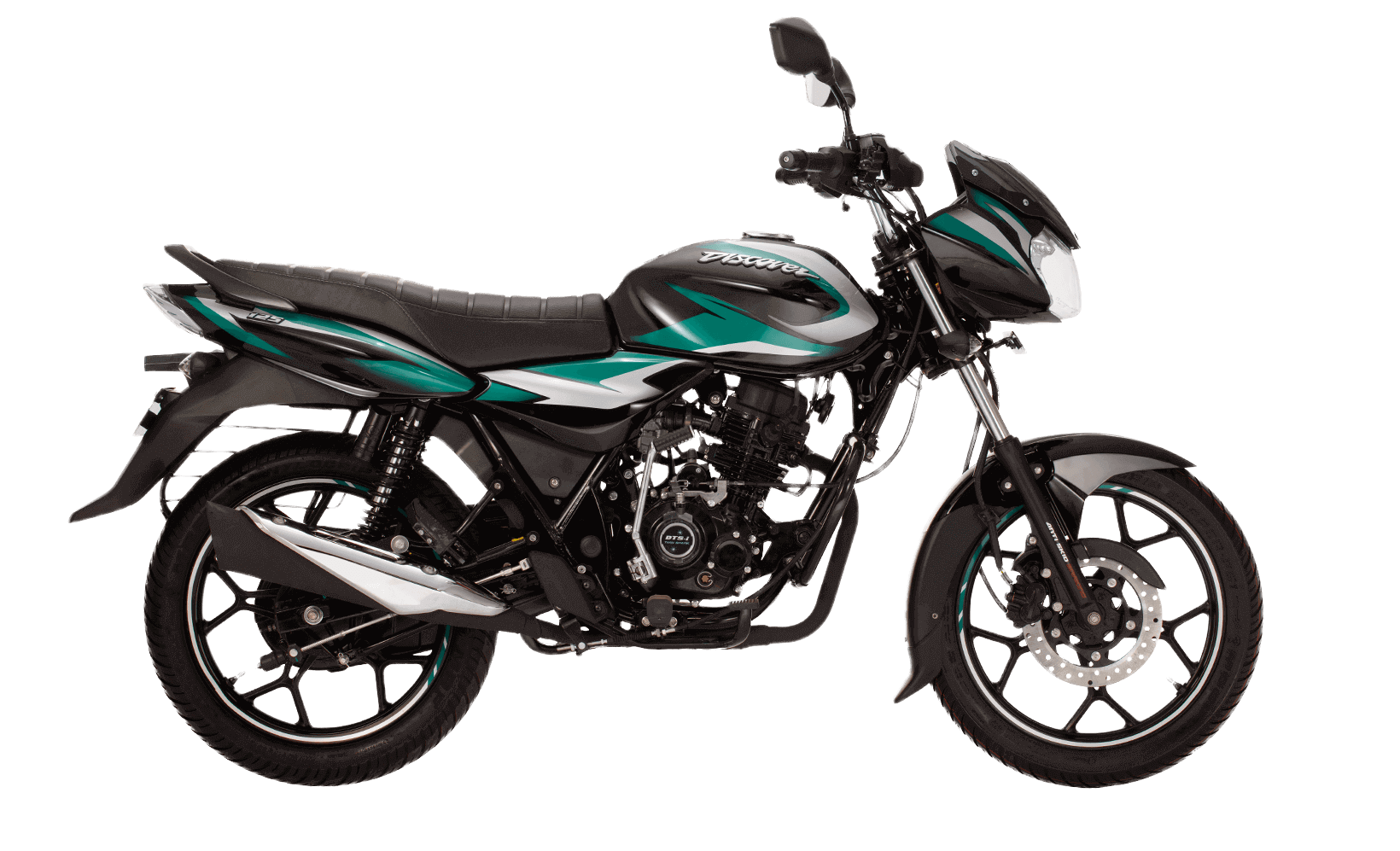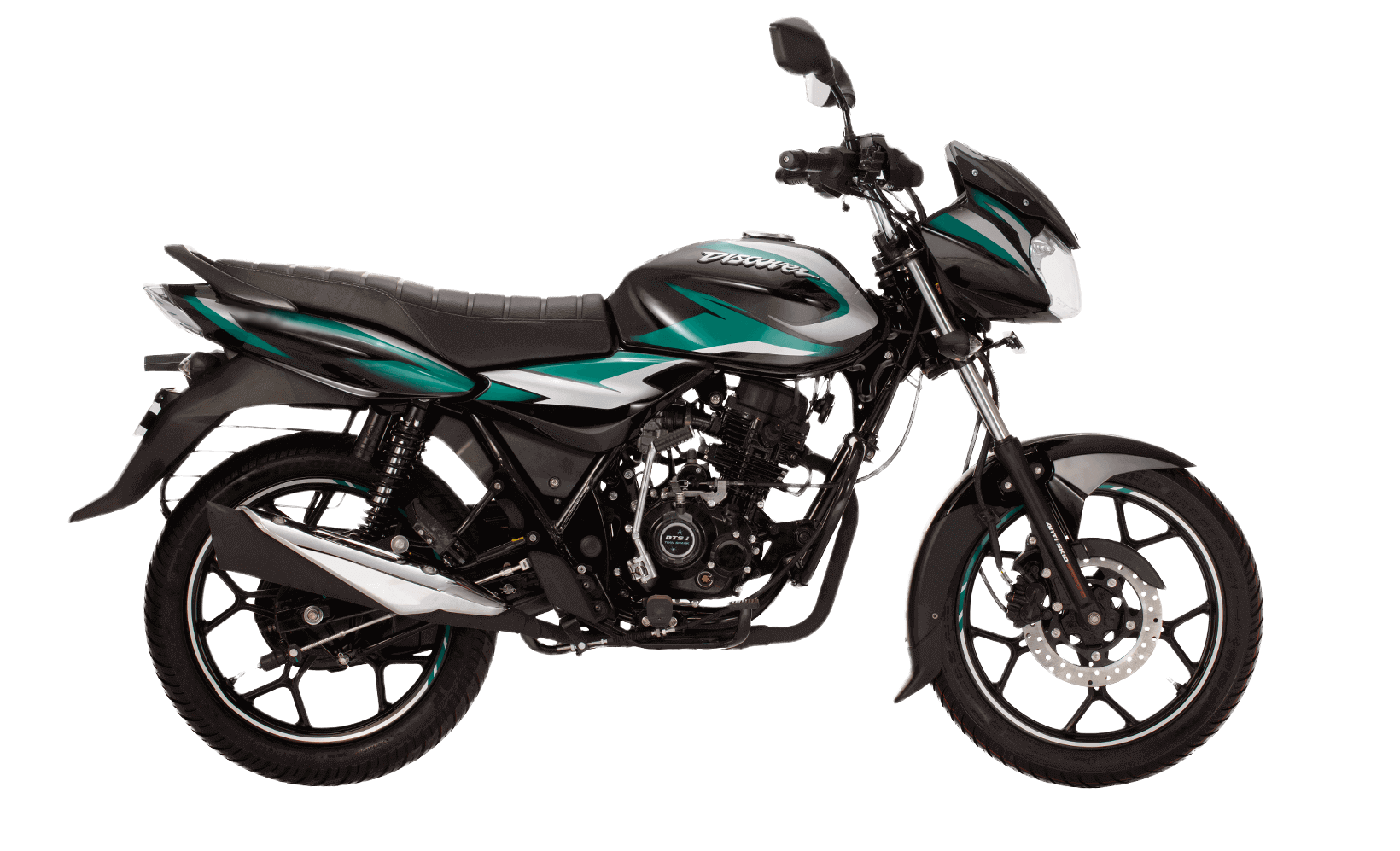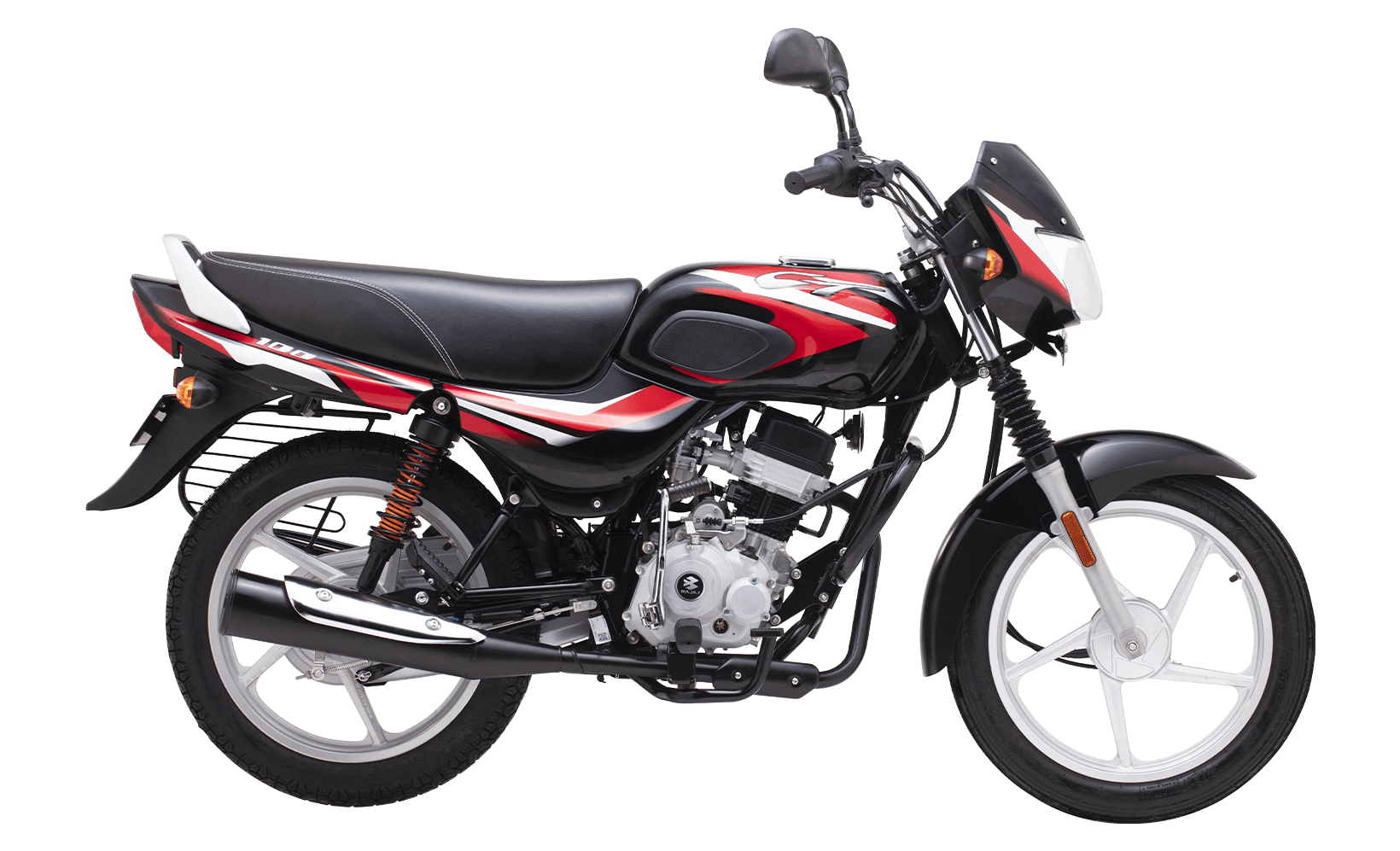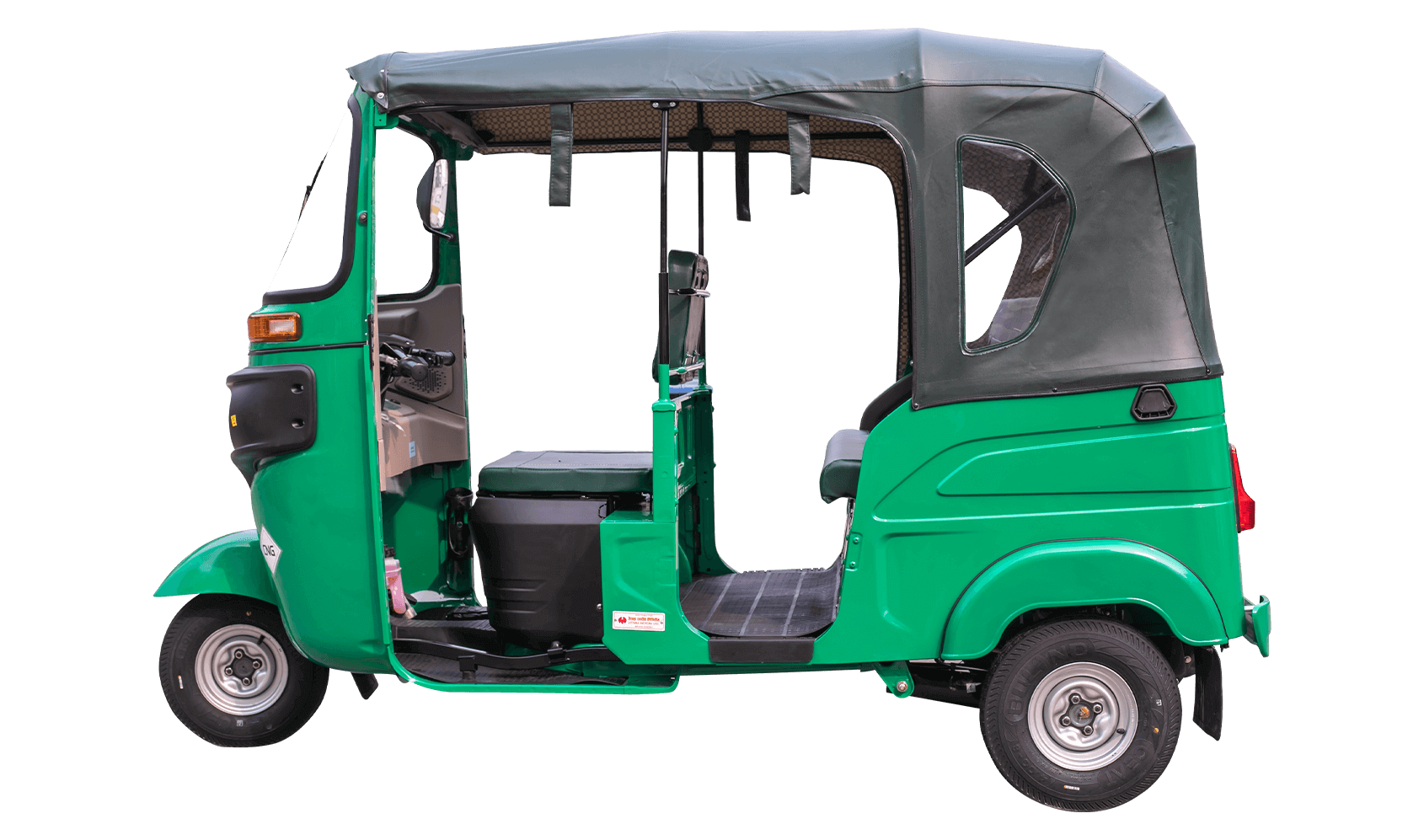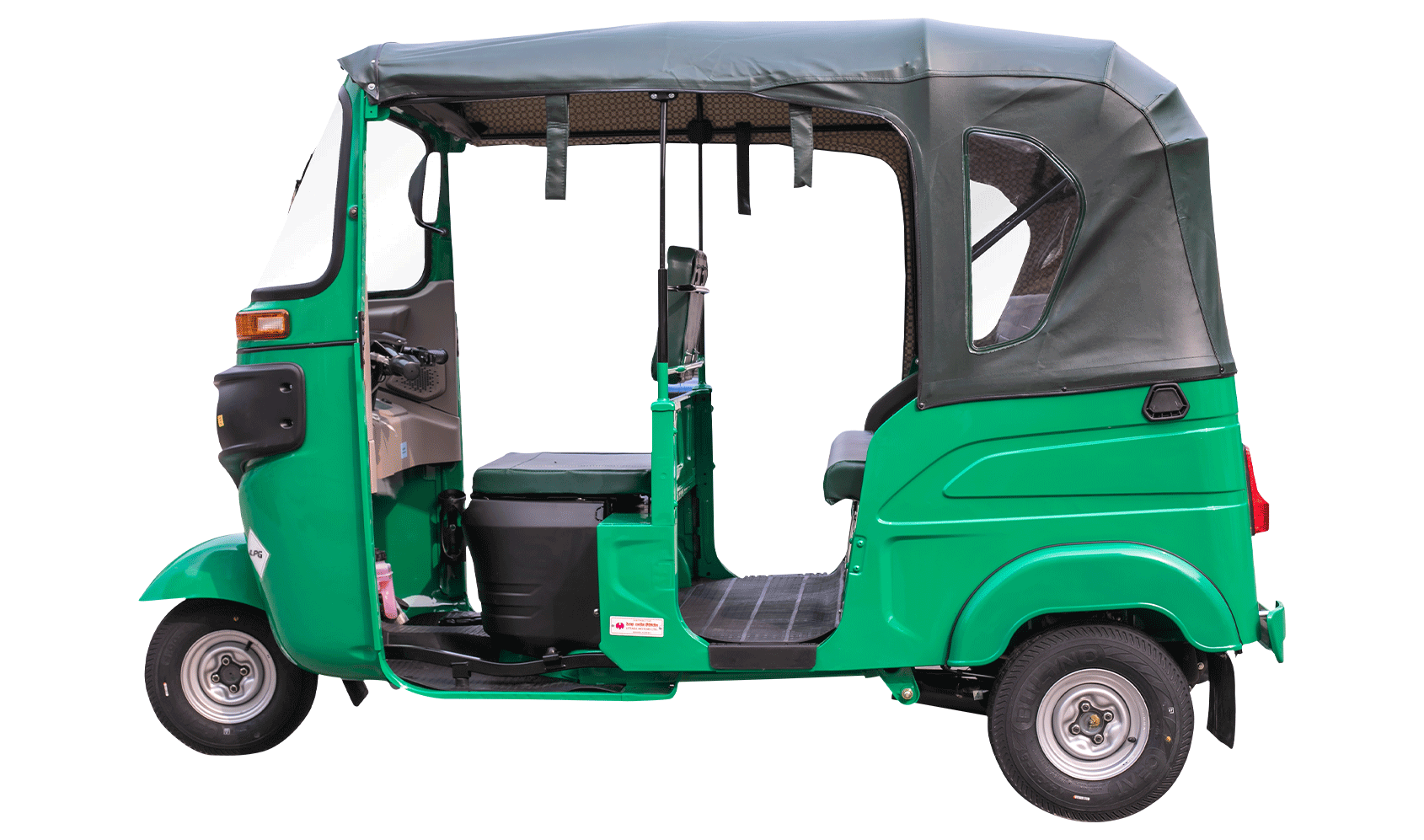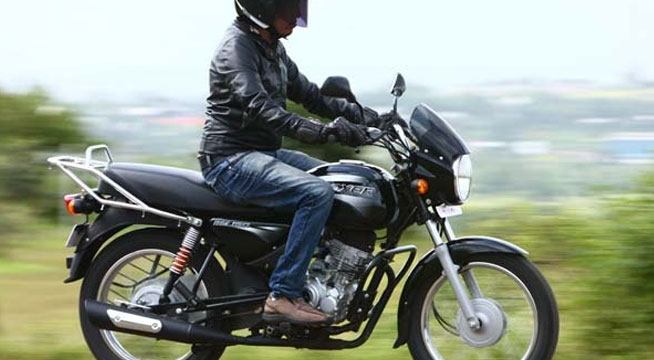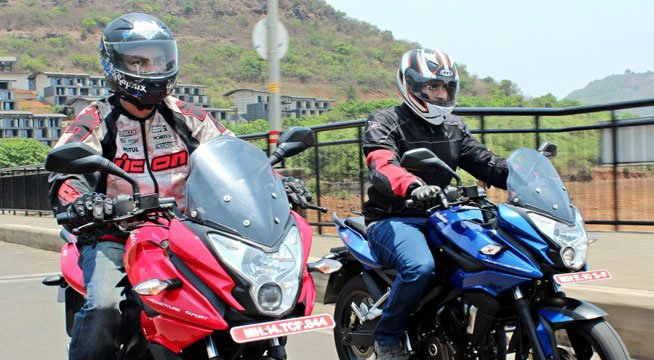XBHP.com
The Bajaj Pulsar 200 NS ridden and reviewed by xBhp. Full specs, details and photos. Change can as much be a quiet revolution as a tumultuous upheaval..


Prologue:
Change can as much be a quiet revolution as a tumultuous upheaval. The Pulsars have been an uncanny mix of both. The Pulsar series of motorcycles from Bajaj have been beacons of change, the original Classic marking the beginning of an era of motorcycles in India that stands unparalleled by any other two-wheeler manufacturer. They brought performance, street-fighter looks and the concept of evolving series production to 4-stroke engine motorcycles. They proved that form was as important as function for the Indian biker and thereon, no bike manufacturer could ignore the visual statement its product displayed. The 200NS has been an object of intense and passionate speculation ever since its first pics were caught on camera during testing on public roads and circulated on the net. Like its predecessors carrying the same brand name, the 200NS to is a path breaker and how! It’s an evolution of a revolution from a decade ago, a product that steps up the ante for its own genre and other contemporaries to boot. It stands quite a few notches above any and every motorcycle that carried the Pulsar name till now. Take a look at a brief chronological story of the evolution of the Pulsars over the last ten years, check out the stages of change and then read the review of the latest entrant which by far is the brightest amongst all yet.
The Pulsar 200NS is a looker without doubt. Especially from the front three-quarters. Tight, muscular, aggressive and agile looking, the NS would have been the dream bike for youngsters in the late eighties when I had just started riding bikes. The design stands true to the major lines and angles of the Pulsar family and yet is refreshingly different in stance, poise and pose. With a major forward shift of the visual mass and a clean tail sans the traditional twin shocks and the exhaust end can, this bike looks purposefully aggressive and well-proportioned. I did feel though that the small headlamp assembly up front did bring the forceful forward-moving mass to an abrupt halt. But a motorcycle is a ‘motorcycle’ when it runs. Static, it might be an object of beauty carrying lots of potential but how beautiful it is on the move is what ultimately matters. So let’s skip delving deeper into the aesthetics (which are subjective anyway) and the visual signature of the bike for the moment and move straight to movement. The ‘all new’ Pulsar 200 NS (Naked Sport) is really new, in a lot of ways. The engine, the frame, the brakes, the gearing, the tyres and the way they have all been put together. It’s an evolution of a genre, a firm and positive step forward that shows strong symptoms of being the leader and harbinger of further change in the motorcycling scenario in India. It is a moot point to debate whether this new product is as revolutionary as the Pulsar Classic was when it burst upon the scene a little more than a decade ago. Because there has been a slew of products in the market since then, the quality and performance stakes have been ratcheted up repeatedly and building a dramatically improved and an astoundingly different product is an increasingly difficult proposition if costs and salability are to be kept within the envelope of sanity.
At 1363mm, this Pulsar has the longest wheelbase amongst its siblings since the past 10 years. Mix that with a highly rigid perimeter frame, a torquey and powerful engine and good mass centralization and what you get is a bike that happens to be as stable as it is flickable. In fact the 200NS is taller, longer and wider than any previous Pulsar and yet the weight has been kept tight at 145kg. With power being upped to 23.5 PS, torque at a little above 18 Nm @8000 rpm while the engine redlines at 10,500, the six speed gearbox is expectedly carrying taller ratios and makes the 200NS pretty long-legged. Guess it’s time to start rolling and talking. The engine, which shares its bottom end with the KTM Duke 200’s, has the shortest stroke of all Pulsar models and the largest bore. It is quite rev happy and vibration free. The exoticness lies in the astoundingly detailed engineering design of its one single component, the engine head. It’s a 200cc engine head and has 4 valves, 3 spark-plugs and an array of passages for the coolant movement and oil feed through it. Maintaining dimensional and structural integrity of such a piece in a very thermally punishing environment is no mean engineering feat by itself. Look close and you’ll see two spark-plugs on either side of the engine with the third added a little distance on top of the left hand side plug. This third (middle) plug is the master while the remaining two are slaves. Turn on the ignition and flip the engine kill switch to ‘run’. (The instrument panel will not display anything and the electricals will not work till the kill switch is in the ‘run’ position even with the ignition key turned ‘on’.) Thumbing the starter fires the engine cleanly and it quickly settles down into stable idling. Component noise at idling is pretty low compared to other Pulsars and that is, apart from the close inter-component tolerances, also majorly due to the liquid cooling jacket surrounding the engine. The revs rise up nice and sharp in neutral. Pulling in the well-weighted clutch and engaging first gear is without the usual ‘thud’. The gear clicks into place. Pulling off, the clutch feel is progressive (a lot better than the usual in previous Pulsars) and the engine delivers enough juice to make a brisk enough start without revving high or slipping the clutch. Of course stop-light drags shall demand a launch at around 4000 rpm with a fair amount of clutch slipping. The 6-speed box has ratios well-suited to the engine and allows a smooth and progressive increase in speed. Some good work has apparently gone into the gear box and it shows in the smooth shifts (even clutch-less ones), zero missed shifts and no false neutrals. We didn’t experience any while thrashing the bikes about on the track for some 10-12 laps. And yes, we rode them after they’d been ridden by quite a few other riders and had any problems existed, they would surely have shown up. The triple spark-plug and 4-valve engine has resulted in major gains in terms of combustion efficiency and it shines through in the throttle response. The carburetion is spot-on and none of us could detect a flat spot or engine surging anywhere through the rpm range.
The performance of this pulsar is a revelation. No, not purely in the domain of acceleration and top speed but ‘performance’ as a wholesome motorcycle. Compare the numbers and it will probably get beaten by the P220 in top speed but a good bike is more about speed with control, with the latter playing a pivotal role in truly enjoying the former. The 200NS out handles and out-brakes all previous Pulsar siblings and quite a few other motorcycles presently dotting the Indian scenario. The perimeter frame and the strengthened swing-arm had added a threefold increase in the lateral rigidity of the running chassis and it shows in the bike’s composure through any twists or turns thrown at it. It is flickable, has no tendency to drop into a lean or to resist cranking over in a turn and takes mid-turn corrections with gentle forgiveness. Add a well-sorted mono-shock rear, a neither-soft-nor-hard front suspension, an almost 50-50 front/rear weight distribution along with a tractable engine to the equation mated to a slick 6-speed box and what you get is a Pulsar that’s as enjoyable on the track as it would be in urban traffic. This one belongs to the twisties. The naked ‘no wind protection’ styling makes sustained high speeds a battle with your self-generated storm but then each time you’ll slow down a bit, you’ll revel in accelerating back to speed again. The brakes were a surprise. The 280mm front and 230mm rear petal discs give a good sharp bite, are nicely gradable, provide fine feedback and are not prone to fading even after sustained track use. Add to this a rigid chassis and firm suspension and you can brake on the limit without jitters – outside or inside. Fork dive is nicely controlled and confidence inspiring. Deliberate locking of the rear wheel from 50 odd kph did not result in any wayward stepping out of the rear. Just a screeching inefficient stop as a ‘rear-brake alone’ stop is. I did try some bit of mid-turn braking, especially at the sharp-cornered chicane and found I could grade the braking pretty well. Flick it upright mid-corner and counter-steer into a lean again and the 200NS obeys your commands as quickly as you deliver them. Evasive maneuvers would be as fast as the rider’s reflexes. The rearward weight transfer under hard acceleration is positive but not strong enough for inadvertent wheelies, even with a pillion on board. Talking of pillions, this bike begs to be ridden alone to enjoy it. This doesn’t mean that the pillion gets step-motherly treatment. The rear perch is relatively comfy, the footpegs located at a comfortable height and the slight forward inclination makes it easier for the pillion to lean forward. I have one grouch though about the rider seat in that it doesn’t give any freedom to move forward and backward as the rider is literally sandwiched between the tank and the rear seat, something that would add to the fatigue factor on long hauls. The ‘dimpled’ upholstery though is great, preventing any sliding forward under hard braking. Long hauls on a naked would not be particularly enjoyable (due to the wind blast) unless there’s lots of twisties thrown in at the end of each riding day. So we people up north do have that advantage with the hills being a mere 250 kms away at the nearest. The NS apparently has a good and bright headlamp though there’s nothing we can say about beam spread and illumination as all our testing was in broad daylight. The trafficators, tail light and brake light were pretty visible even in bright sunlight as was the digital display in the instrument console. It’s quite a comprehensive console faintly reminding one of that on the Hero Moto ZMR. Apart from the digital speedo display, an analogue tacho and indications for turn indicators, neutral, fuel level and high beam , there’s an orange shift light that really works (though it wasn’t bright enough to be effective in bright sunshine). And you would need it, going by the smooth and vibration-free nature of the engine. The switches etc are well placed and work with precise clicks. Good on touch, feel, form and function.
So the 200NS is good as an urban warrior, fun on the track and great to pose with. How good would it be as a tourer? Not the ideal tool for mile munching in the absence of a fairing and a 12 ltr fuel tank but barring that, there’s no reason why it can’t be taken long distance. The engine is robust, the chassis and suspension promising the same, good brakes, precise and forgiving handling and a high ground clearance make it a take-anywhere motorcycle. A few utilitarian issues do raise their head though in this respect. There’s no real provision to attach hard luggage or anchor points for the saddlebags. The rider will need to improvise upon this. Adding to the issue is the plastic-shrouded tank that precludes the use of magnetic tank-bags. But there are loads of positives here too. The engine and the rest of the bike has been designed with ease of maintenance in mind and it shows. The oil filter is directly accessible straight from outside, the ‘spiral cam’ type drive chain adjuster is a nice touch, both the rear and front disc pads are inspectable and changeable with no great problem, wheel removal is pretty straightforward and so is changing the headlight bulb. The battery and the air filter are accessible under the rider’s seat. Coolant level check and the oil level inspection window are both quite obvious and hard to miss. Even the coolant filler cap is accessible albeit with a little contortions of the fingers. In-field repairs should not be an issue and that’s a big plus for the committed and adventurous tourer.All said and done, the Pulsar 200NS is an evolution of a revolution that happened ten years ago with the Pulsar Classic. And this one now is a Pulsar that’s most unlike a Pulsar in every sense of the word. It’s a new, a refreshingly new and challenging benchmark in the Indian motorcycling scenario and should prove to be the harbinger of many a positive change in what lands up on the platter of a motorcyclist living here.
A comparo between the KTM 200 Duke and Pulsar 200 NS
Performance:
KTM: High power to weight ratio combined with low gearing spread across a 6-speed box spells good take-off and fast sprinting. The quick-revving engine puts down those horses fast and the bike prods you to ride harder. Pulsar: The 200NS has a good engine, a well matched gearbox and relatively high power to weight ratio. Good throttle response and a predictably sharp clutch makes it quick off the blocks and a good sprinter. The engine begs to be thrashed and responds tirelessly. Verdict: The KTM has a slight edge here what with a more powerful engine, less weight and better running chassis.
Seat:
KTM: This one is best ridden solo. The pillion treatment is stepmotherly but the rider has a good place to park his behind. The seat padding is firm and should be good for long hauls. The non-slip dimpled cover allows you to move only when you want to. No inadvertant sliding forward everytime you brake hard.
Pulsar: They both seemed similar on this count with the KTM pillion being a trifle worse off that the one on the 200NS, not just because of a smaller seat area on the KTM but also due to the rear footpegs being placed a little higher.
Verdict: The Pulsar appears to have a slight edge here, winning not just due to a marginally wider seat but also with better pillion comfort.
Electricals and Instruments:
KTM: A very comprehensive instrument console with that multi-function display that probably gives the rider more information than he would regularly expect or use. The lights again seem right and should do a good reliable job.
Pulsar: The instruments might not be as sophisticated as the KM's MFD but the 200NS has a comprehensive complement of features in its display. The 'sidestand' indication, twin trip displays, engine oil level and temp, low battery indication and a shift light are pretty good per se.
Verdict: The KTM MFD wins but the 200NS is close behind it..
Fuel Efficiency:
KTM: The Duke is purpose made with a certain brief on performance where fuel economy was not very high up in the priority list. Adequate but not above that.
Pulsar: The 200NS engine has been designed for upping the ante especially in thermal and volumetric efficieny stakes. And it shine there. With a claimed 58 kmpl under the Indian Driving Cycle and the figure dropping by about 30% or so at around 100 kph says a lot about fuel efficiency especially on a naked bike.
Verdict: The 200NS is an outright winner here.
Range:
KTM: A small 10 ltr tank could be the Duke's achille's heel for long rides, more so with its average fuel efficiency.
Pulsar: The 200NS has a 12 ltr tank capacity and that allied with its better mileage gives is almost 30% more miles between fuel stops.
Verdict: Again the 200NS wins here.
Brand Impact:
KTM:The KTM is a very coveted brand but this passion for it remains limited mainly within the enthusiasts.
Pulsar: The 'Pulsar' is almost a household name amongst bikers in India and a product like the 200NS that stands shoulder to shoulder with the best anywhere is a matter of pride for its owner. And less anxiety about long term ownership needs.
Verdict: The KTM is new, exotic and globally respected. The Pulsar stands proud here and is growing globally. The KTM assures of purposeful quality while the Pulsar is reassuring as it has been always there and apparently will always be.
Price:
KTM:At 1,17,500 INR ex-showroom, the KTM is a steal.
Pulsar: No price disclosed yet but rumors doing rounds point at anywhere between 85,000-95,000 INR.
Verdict: The KTM, for the passionate and the knowledgable is a steal but the Pulsar shall be a bigger steal for the masses and the enthusiast alike if it comes it at <90,000>
 MEX
MEX
 Afghanistan
Afghanistan
 Angola
Angola
 Argentina
Argentina
 Bangladesh
Bangladesh
 Belorussia-(Belarus)
Belorussia-(Belarus)
 Benin
Benin
 Bolivia
Bolivia
 Brazil
Brazil
 Burkina-Faso
Burkina-Faso
 Cambodia
Cambodia
 Cameroon
Cameroon
 Chile
Chile
 Colombia
Colombia
 Costa-Rica
Costa-Rica
 Global
Global
 Dominican-Republic
Dominican-Republic
 Ecuador
Ecuador
 Egypt
Egypt
 El-Salvador
El-Salvador
 Ethiopia
Ethiopia


 Ghana
Ghana
 Greece
Greece
 Guatemala
Guatemala
 Guinea
Guinea
 Haiti
Haiti
 Honduras
Honduras
 India
India
 Iraq
Iraq
 Kazakhstan
Kazakhstan
 Kenya
Kenya
 Kuwait
Kuwait
 Lebanon
Lebanon
 Liberia
Liberia
 Madagascar
Madagascar
 Malaysia
Malaysia
 Mali
Mali
 Mauritius
Mauritius
 Myanmar
Myanmar
 Nepal
Nepal
 Nicaragua
Nicaragua
 Nigeria
Nigeria
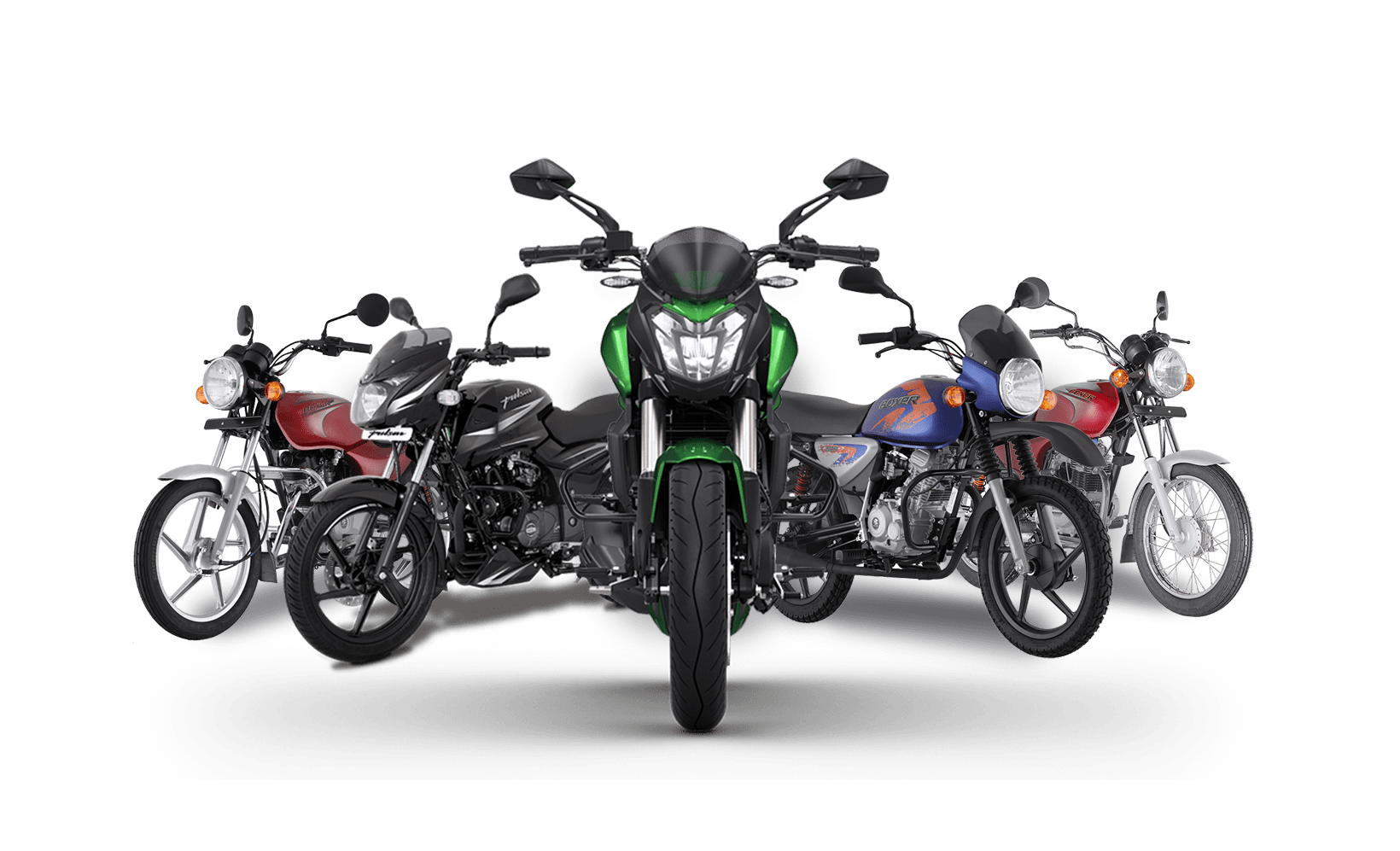

 Peru
Peru
 Philippines
Philippines
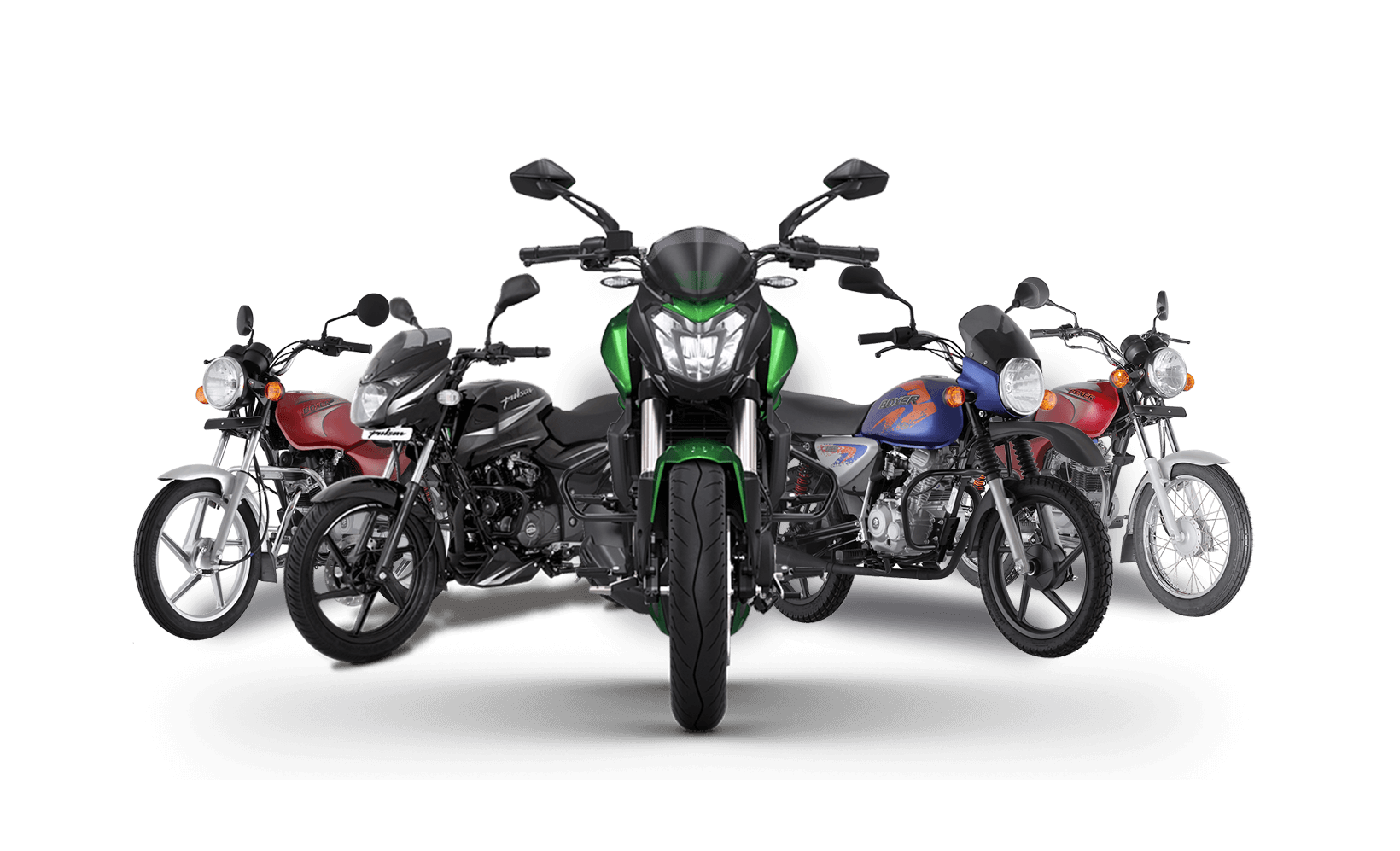
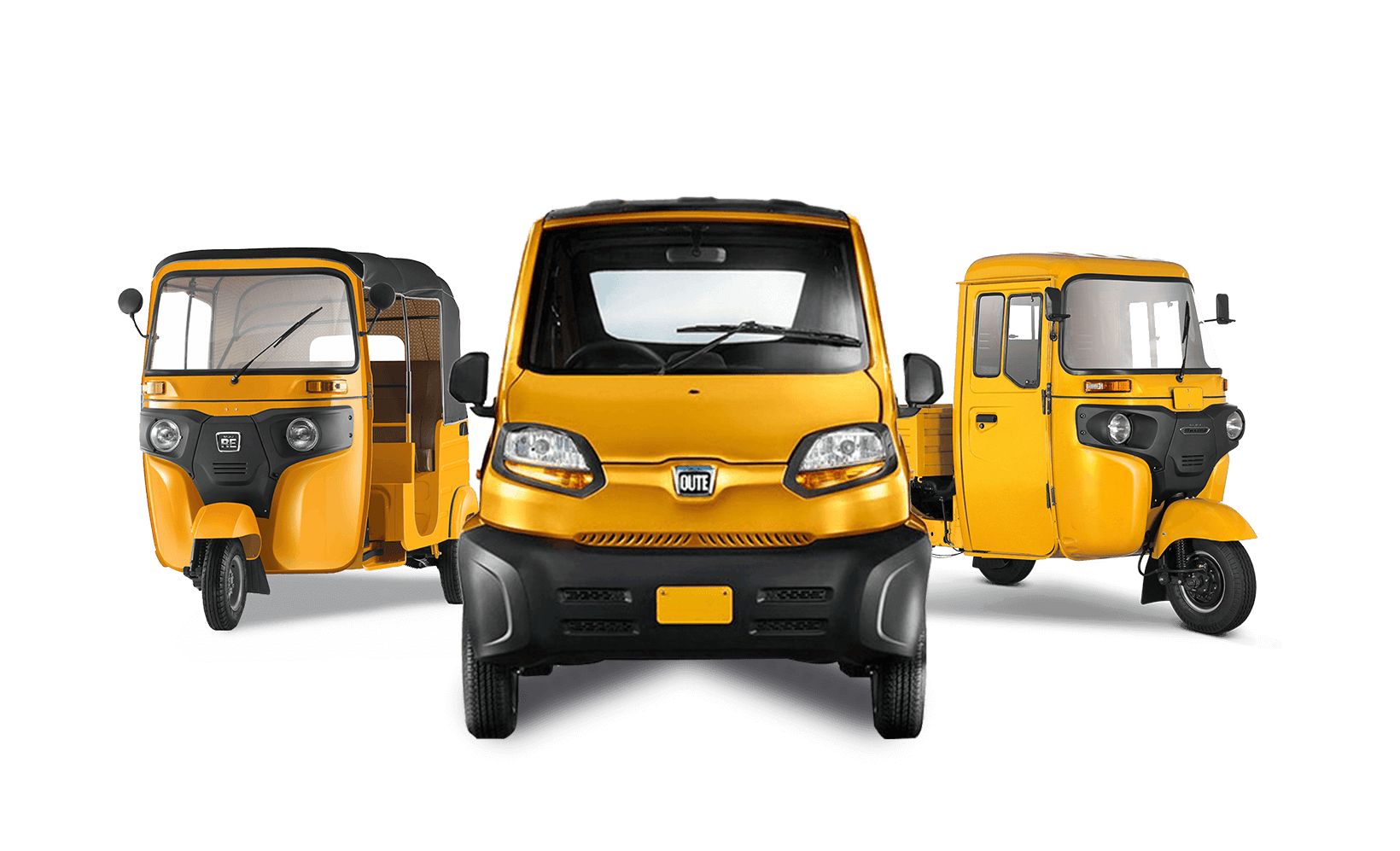
 Poland
Poland
 Qatar
Qatar
 Republic-of-the-Congo
Republic-of-the-Congo
 Russia
Russia
 Rwanda
Rwanda
 Saudi-Arabia
Saudi-Arabia
 Sierra-Leone
Sierra-Leone
 South-Africa
South-Africa
 Sri-lanka
Sri-lanka
 Sudan
Sudan


 Tanzania
Tanzania
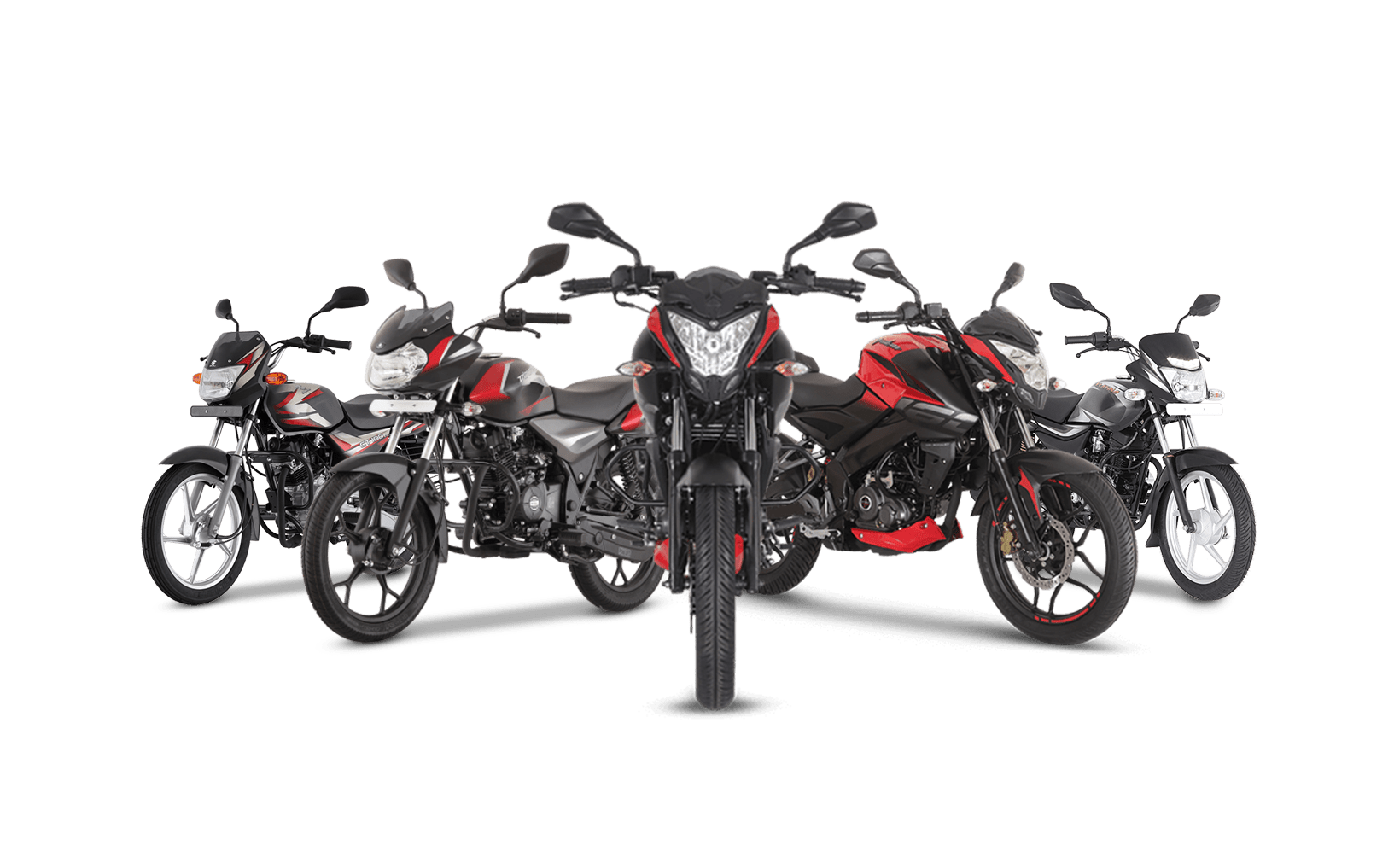

 Thailand
Thailand
 Togo
Togo
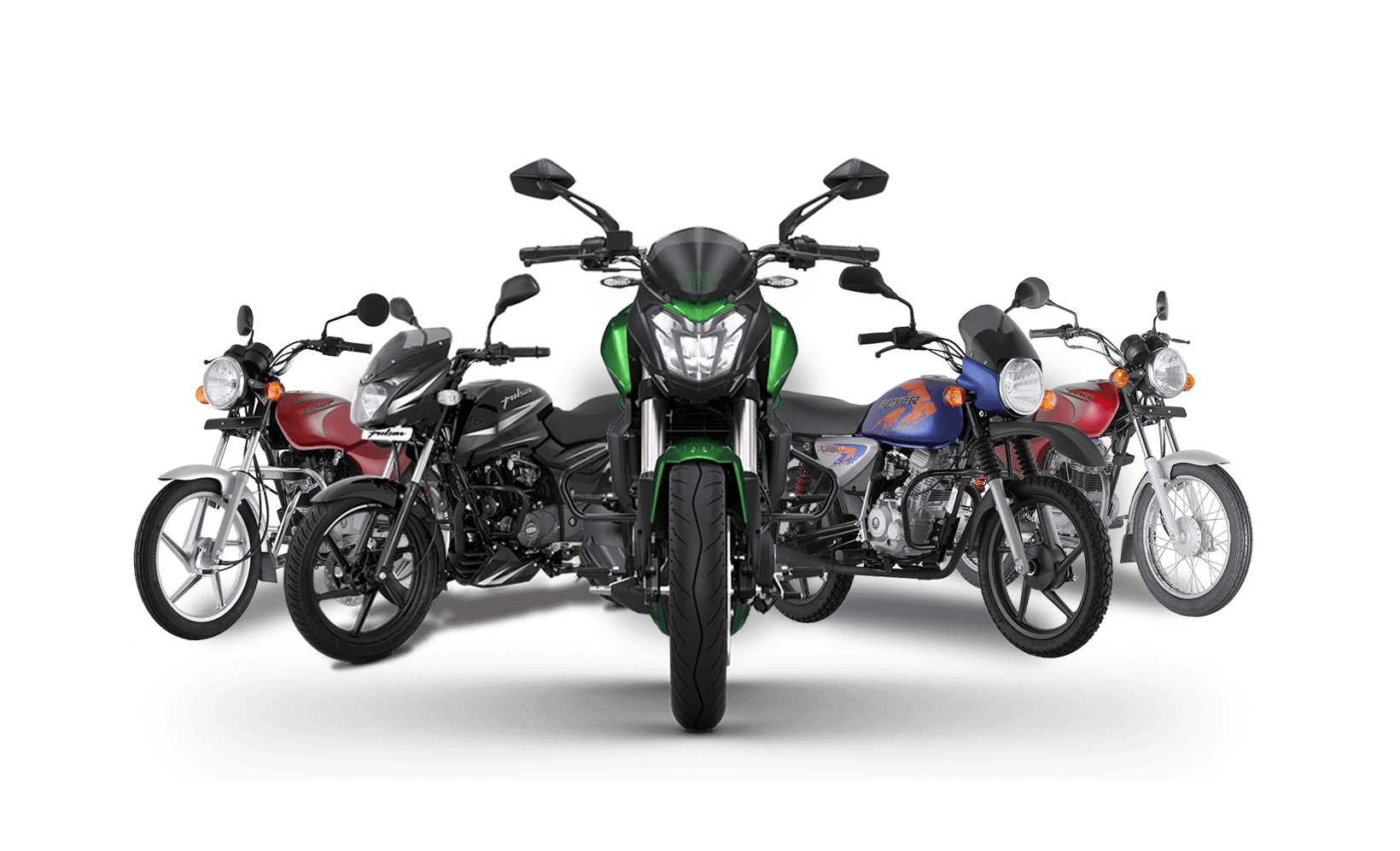
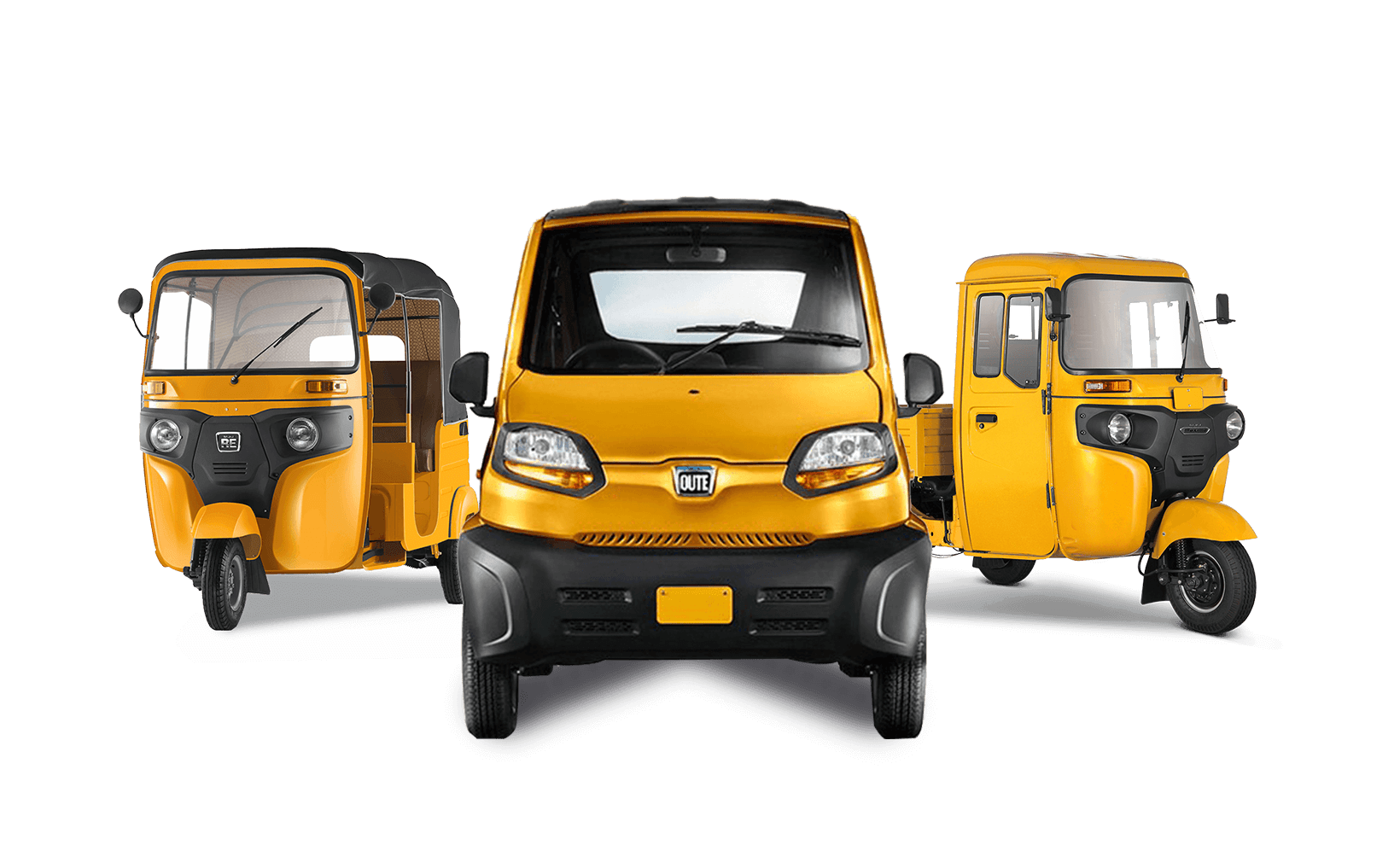
 Turkey
Turkey
 UAE
UAE
 Uganda
Uganda
 Ukraine
Ukraine
 Uruguay
Uruguay
 Yemen
Yemen


